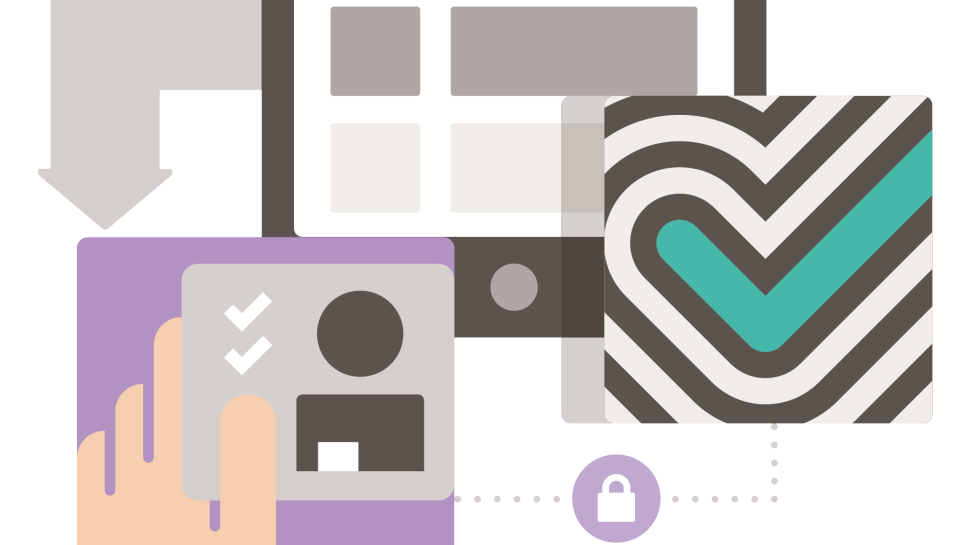Licences vs. identity: Rethinking the real purpose of digital licensing

Australia Post and The Boston Consulting Group (BCG)’s modelling demonstrates that building a secure digital identity framework has the potential to unlock $11billion in productivity from the economy. But what if we’re looking at solving the wrong problem? What if there’s an even bigger opportunity at stake?
Cameron Gough, General Manager Digital iD™ at Australia Post says many countries, including Australia and the United States, don’t have national identity cards. “So the driver licence becomes the basis for proving identity. Yet these are two very different things.”
Your identity proves who you are. It’s singular, and unlikely to change much over time. But a licence proves what you can do. It’s a right, authorisation or qualification. You’re likely to hold many different types of licences over your lifetime and they can be revoked or supplemented as circumstances change.
“Many of the digitisation efforts underway today are to solve identity, rather than licensing,” says Gough. “And while identity needs to be global, we still have a very local, fragmented approach to licensing.”

What will our licences look like in the next decade?
Our insight paper, Digital licensing: Towards 2030 takes a look at the global trends, challenges and success factors around this future.
Putting the user first
To solve this problem, we need to think about it from a new perspective. What do we actually need these licences for? Where are people showing their credentials?
From the familiar driver licence to a Working With Children Check or workplace health and safety licence, more than 8 million business and individual licences are issued every year in Australia, according to Australia Post’s recent insight paper, Digital licensing: Towards 2030. But the scope could be even broader when you consider passports (a licence to travel) or academic qualifications.
What’s more, with the exception of hiring a car, it’s not often you need to show your driver licence as proof you know how to drive a car. More often, it’s used as proof of age to buy alcohol or enter a venue, or proof of identity to open a bank account or pick up a parcel.
What about other credentials? Volunteer parents at school or local footy club coaches need to show their Working with Children Check at the start of the term or season.
Students show their Student ID to get discounts on textbooks and technology. Club members also need to show a credential to qualify for entry or special offers.
Graduates need to prove prior learning on their job application, or for further study.
In many of these situations, speed matters to the consumer. Without a valid police check, you could miss out on a job opportunity, for example. But interoperability is just as important. When people move interstate or overseas, they still need those credentials to be recognised. And each person in the transaction – the issuing party, the relying party and the consumer – needs to trust the credential is valid and the data is safe.
This means the process of applying for and issuing a credential needs to be convenient and fast but also secure. And it needs to be portable and transferable across jurisdictions.
One digital wallet, hundreds of licences
New technology already enables us to meet these requirements. But only if we create a unifying standard that is easily integrated across different licence providers and held in a ‘single sign on’ wallet.
“Getting this right could open up a world of possibilities,” says Gough. “For example, if we can issue concert tickets as a digital ‘licence’ (of entry), we could solve scalping.”
In the sharing economy, it could remove the last roadblock to trust. For gig economy freelancers, it could open the door to more project work, with seamless acceptance of qualifications. And for membership organisations, it could make services even easier to access.
The other challenge worth solving is the sticky issue of licence control. How do issuing parties ensure a revoked licence cannot be used, or that a stolen credential is destroyed? Paper and plastic licences are easily copied and transferred, but a secure digital credential could be updated in real time.
Putting a fresh lens on our digital infrastructure
Market innovation – and the subsequent disruption of incumbent models – result from a ‘why not’ attitude. Ideas like allowing strangers to live in your home or drive you home, or using your phone to pay for groceries with one swipe, seemed unthinkable just five years ago.
But if the ‘why not’ solution is both convenient and secure, there is an inevitable tipping point, and platforms like AirBnb, Uber and ApplePay have subsequently become part of our everyday lives.
So why not solve licensing first? If we can get one universal platform for many different credentials, we’ll also solve identity in the process no matter where we live, or what we need to get done in our day.



